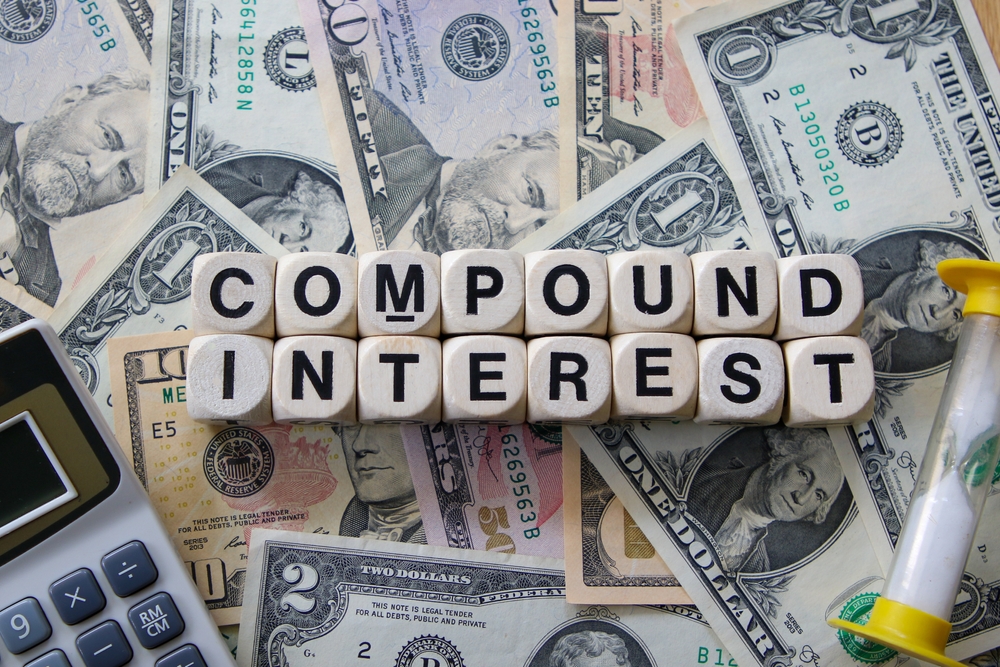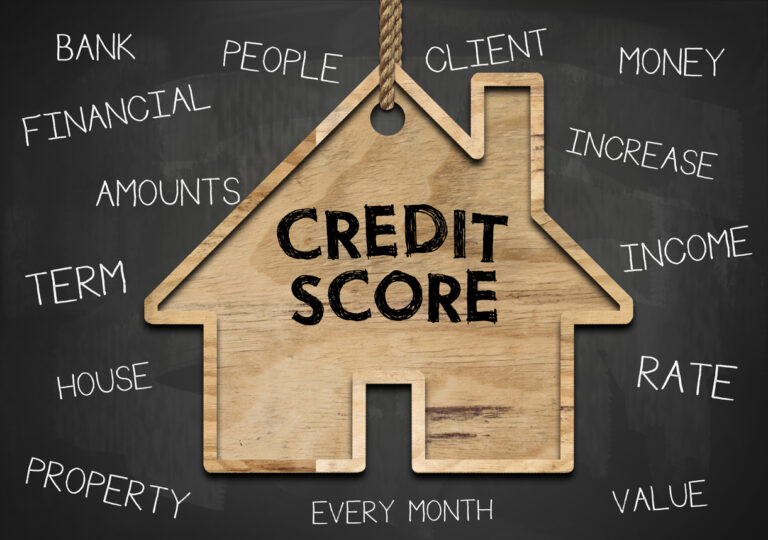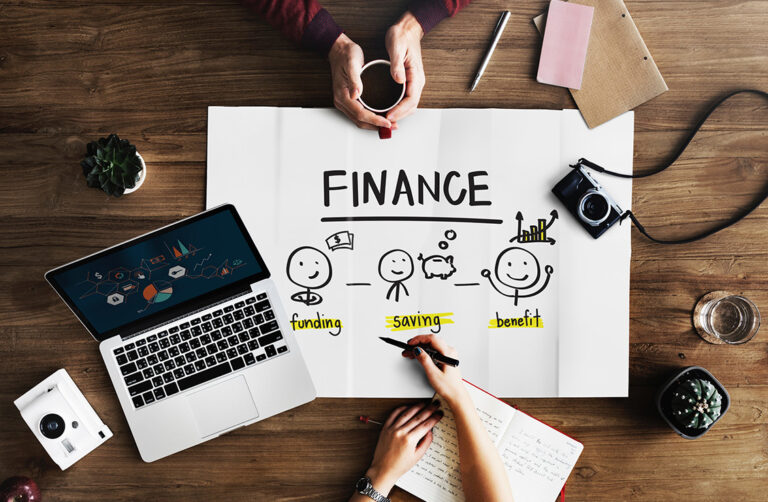
It’s called the eighth wonder of the world—and for good reason.
Compound interest is one of the most powerful financial forces in existence. It can turn modest savings into massive wealth over time, even if you don’t earn a high income.
Understanding how it works—and how to use it—is one of the greatest financial advantages you can gain.
What Is Compound Interest?
Compound interest is interest earned on both the original money (the principal) and the interest previously added.
In simple terms:
- You earn interest
- That interest gets added to your balance
- You earn more interest on the bigger balance
- The cycle repeats
This creates an exponential growth curve, not a linear one.
The Difference Between Simple and Compound Interest
Simple interest
Earns interest only on the initial deposit.
Example:
$1,000 at 5% per year (simple) = $50/year
After 10 years: $1,000 + ($50 × 10) = $1,500
Compound interest
Earns interest on both the initial deposit and previous interest.
$1,000 at 5% compounded annually for 10 years = $1,628.89
That’s $128.89 more—just from compounding.
Why Time Is More Powerful Than Amount
The earlier you start, the better.
Example:
- Emma invests $200/month from age 25 to 35, then stops
- Liam starts at 35 and invests $200/month until 65
Assuming 8% annual return:
- Emma ends with $314,000
- Liam ends with $293,000
Even though Liam invested for 3× longer, Emma ends up with more—because she started earlier.
The Rule of 72
A quick way to estimate how long it takes for your money to double with compound interest.
72 ÷ interest rate = years to double
At 8% return:
72 ÷ 8 = 9 years
That means your money doubles every 9 years if left untouched.
Where to Use Compound Interest
1. Retirement Accounts (401(k), IRA, Roth IRA)
Compound interest works best over decades. Retirement accounts:
- Offer tax advantages
- Grow faster through reinvested dividends
- Often include employer matching (free money)
2. Index Funds and ETFs
- Low fees
- Long-term returns (7–10% historical average)
- Ideal for compounding with minimal effort
3. Dividend Reinvestment
When you reinvest dividends, you buy more shares—leading to more dividends.
This snowballs your returns.
Automatic Contributions = Compound’s Best Friend
Set up automatic monthly investments. Why?
- Builds discipline
- Takes advantage of dollar-cost averaging
- Keeps compounding consistent
Even $100/month adds up:
At 8% for 30 years = $135,000+
Dangers That Break Compounding
1. Interruptions
Cashing out early kills compounding. It resets your progress.
Avoid:
- Panic selling during market dips
- Withdrawing from retirement accounts unnecessarily
- Chasing trends over consistency
2. High Fees
Even a 1–2% fee eats thousands over decades. Choose low-fee funds whenever possible.
3. Inflation
Inflation erodes the real value of gains. Aim for returns that outpace inflation (typically 2–3%).
Compound Interest Works Against You Too
Credit card debt
Compounding also applies to interest you pay, not just earn.
If you carry a balance:
- A 20% interest rate compounds your debt rapidly
- $5,000 turns into $9,540 in 4 years if unpaid
That’s why paying off debt is crucial before investing aggressively.
Compound Interest vs. Income
You don’t need a six-figure salary to build wealth—if you invest early and consistently.
Example:
- $50,000/year income
- Invests 15% of income = $625/month
- Over 35 years at 8% = $1.1 million
The secret isn’t earning more. It’s starting sooner and letting time do the heavy lifting.
Final Thoughts
Compound interest rewards patience and consistency.
It’s not flashy. It’s not fast. But over time, it builds life-changing wealth—quietly and reliably.
The sooner you start, the more powerful it becomes. Whether you’re saving for retirement, a home, or freedom itself, compounding is your most loyal ally.
Start today. Let time work its magic.







